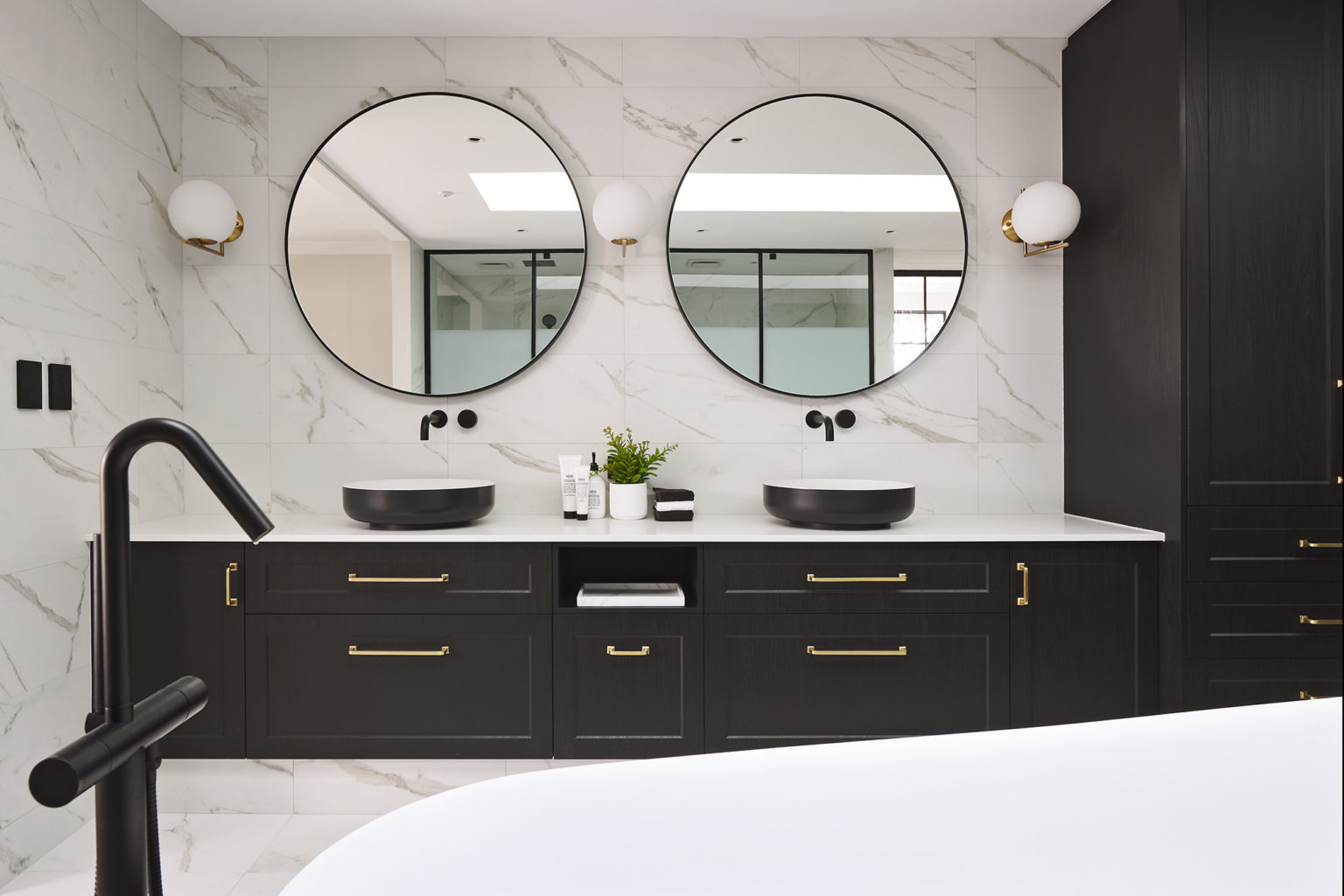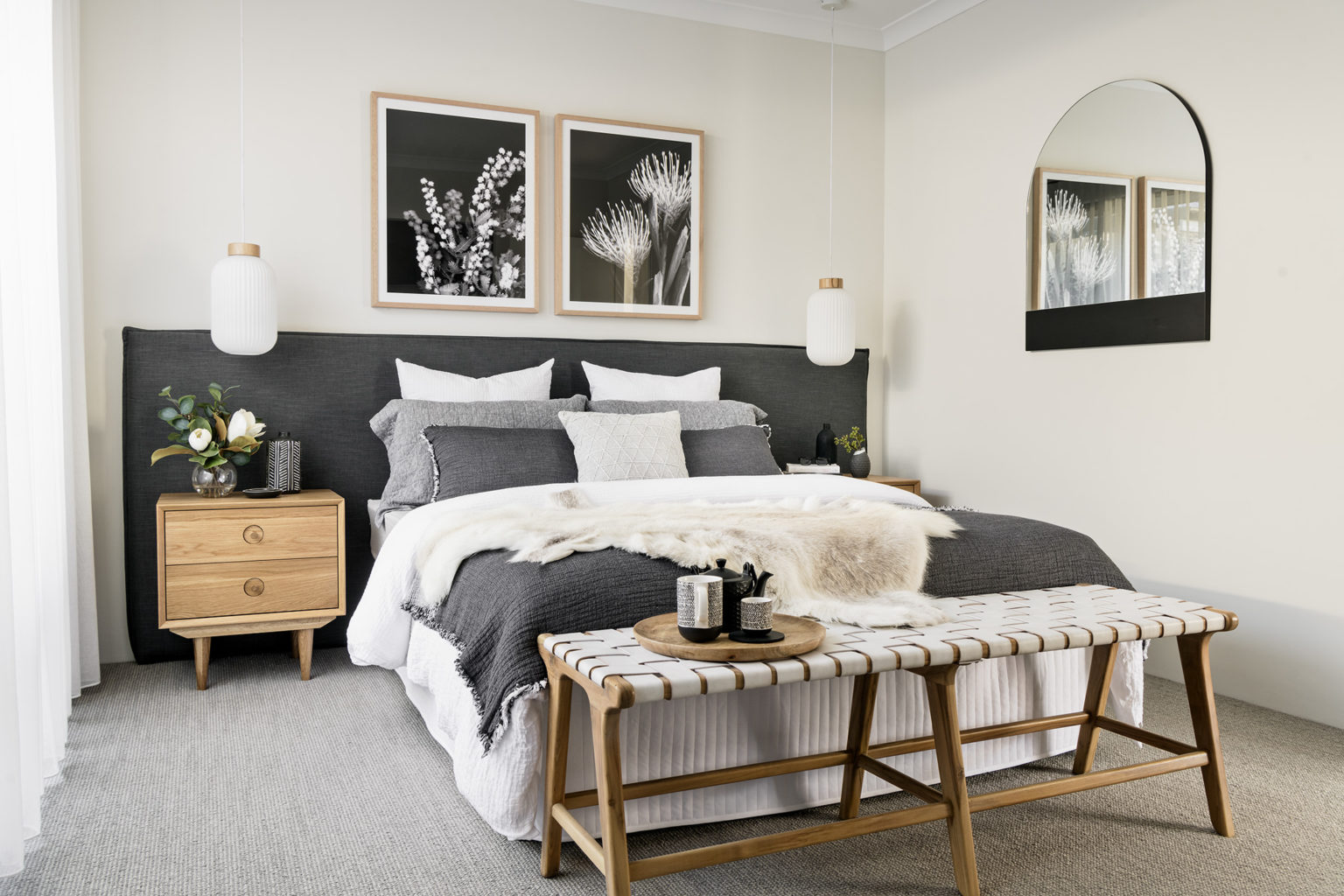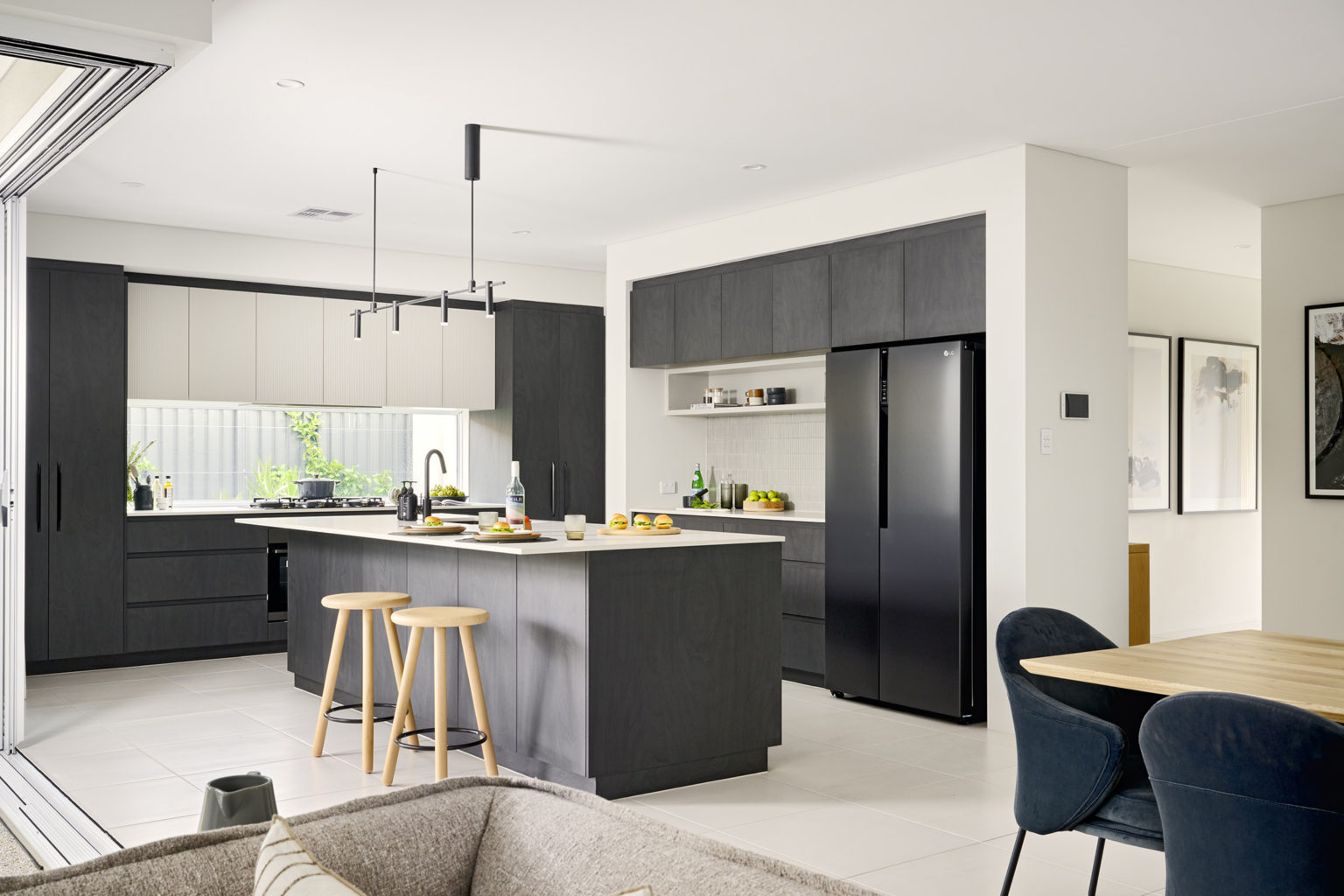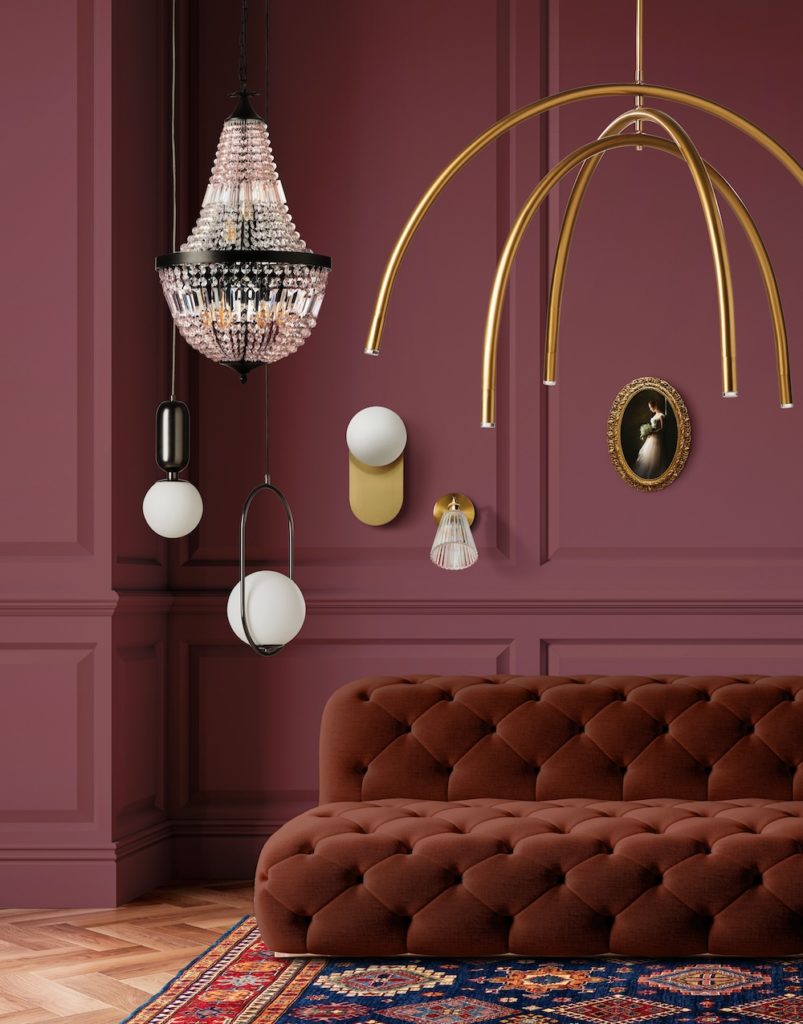Creating a stunning monochrome look in your home is a design approach that transcends the misconception of being dull or devoid of colour. According to Lynnette Kohler, a seasoned interior designer, achieving a monochromatic palette involves skilfully blending various tones of a single colour, whether it’s red, blue, green, grey, or any other hue of your choice. Lynnette emphasises that monochrome doesn’t mean ‘no colour’; instead, it celebrates the diverse spectrum within a single shade.
Here are Lynnette’s top 5 tips for mastering the art of monochrome:
- Whites and Lights: Opting for white walls, light-coloured floors, and various shades of the palest grey provides a timeless foundation. Complement this with subtle black accents, such as furniture, picture frames, and accessories. The classic combination of white and black, enriched with textures like woodgrain, wool, rattan, and leather, adds warmth and depth to your monochromatic space.
- Subdued True Colours: To create a welcoming and harmonious ambiance, limit the use of the true or bright form of your chosen colour. Instead, use it sparingly as a minimal accent, allowing the tonal layers to take centre stage. For example, consider incorporating the true colour through carefully placed accents like glossy leaves on a pot plant, highlighting the softer, cooling tones.
- Embrace Eclecticism: Monochromatic decorating offers the freedom to blend pieces from different styles and eras seamlessly. Embrace an eclectic mix of accessories and statement pieces, combining elements from the past with contemporary finds. This rule extends to materials as well, allowing for a harmonious blend of recycled bricks, modern metallic finishes, fabrics, and timber, as long as they share the same colour palette.
- Strategic Colour Selection: Use a paint colour fan deck as a valuable tool to select the shades that will work best for your monochromatic theme. Identify your primary colour and explore the surrounding tones, going lighter or darker, and incorporating various shades of grey for added depth. Experiment with dark shades to create a cosy atmosphere, such as intense walls as a backdrop for a lighter centrepiece or a plush sofa in a softer shade of the same colour.
- Pattern Moderation: While patterns may be tempting, Lynnette advises restraint in favour of texture and tone to maintain visual interest. If you can’t resist incorporating patterns, limit yourself to one piece that features several tones or, at the very least, one dominant shade of your chosen hero colour.
By following these guidelines, you can effortlessly create a sophisticated monochrome space that transcends design styles, from rustic and retro to modern luxe and Scandi. And while we’ve delved into the principles of monochrome design, it’s important to credit the expertise of interior designer Lynnette Kohler for these invaluable tips.







